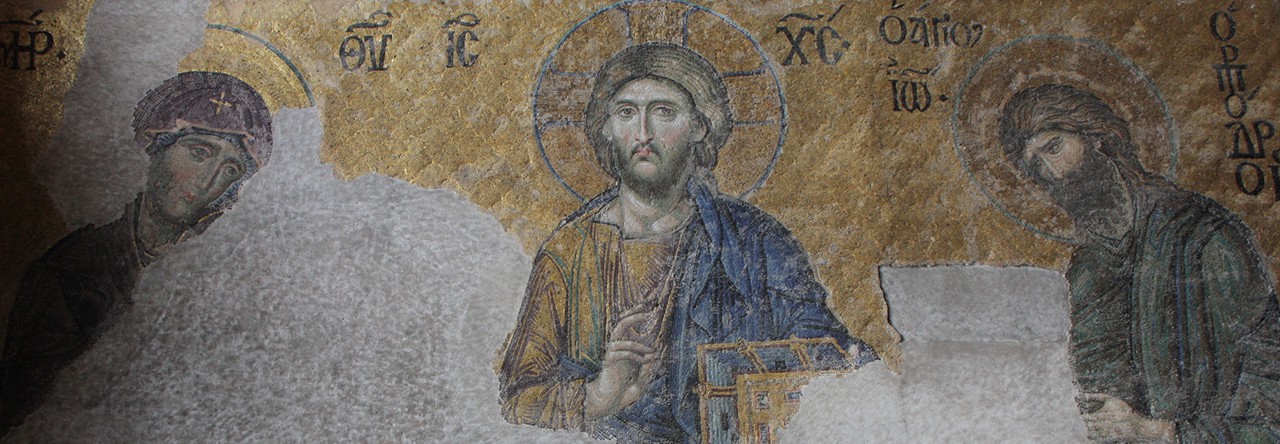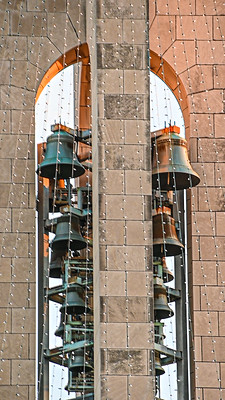I’ve had a fascination with time. Not too long ago in human history we humans were satisfied to know a month by following the phases of the moon and the day could be marked by sunrise and sunset and not much more was needed. Now in the computer age, not only do we keep total track of years, months, days, hours and minutes but even nanoseconds. No longer are human rhythms governed by natural markers – sun, moon, stars – for now we are wedded to our calendars and clocks, and pay no attention to the natural signs of time. All our time is now mechanically calculated and we hate to waste time because for us time is money.
 So I undertook reading David Landes’ book, Revolution in Time, trying to understand how our relationship to time has changed the way we relate to and understand the world around us. I did learn a great deal about the history of time pieces – mechanical devices for keeping, but not so much about how our reliance on mechanical time has shaped our relationship to the cosmos.
So I undertook reading David Landes’ book, Revolution in Time, trying to understand how our relationship to time has changed the way we relate to and understand the world around us. I did learn a great deal about the history of time pieces – mechanical devices for keeping, but not so much about how our reliance on mechanical time has shaped our relationship to the cosmos.
Until the modern age, few people had any interest in the hour of the day let alone seconds or minutes. There being no way to measure them in the ancient world, they were inconsequential concepts. As Landes notes: “The ordinary Chinese did not need to know the hour in order to do what had to be done. He knew what had to be done, and sometimes the hour impinged on his consciousness” (p 29). What was true for the Chinese was true for most people living in agrarian or pre-industrial societies. Again, Landes points out: “Productivity, in the sense of output per unit of time, was unknown” (p 25). No one was being paid by the hour, so people were not as attuned to time as we are today.
The development of the clock as such was given impetus by two forces in Western Europe: 1) the Church and its need to inform people when to show up for services; and, 2) the European discovery of the Americas which created a need to measure time in order to calculate great distances.
I’ve wondered how the ancients knew when “midnight” occurred since the length of days and nights changes year round. Yet, the monks had a midnight office, which wasn’t done at 12:01am, but began halfway through the darkness. But how did they know when that was without clocks? Landes argues that Christians, specifically monks are responsible for the development of the modern clock. Monasteries desired to have a discipline of prayer and needed ways to determine when to hold communal services. They needed a standard way to tell time and call the monks to prayer, especially in the middle of the night.
“By the early third century, Tertullian, acknowledging the impracticality of the Pauline ideal of ceaseless prayer (1 Thess 5:17), recommended daily prayers at set times: in addition to the morning and evening prayers prescribed by the Law, there would be devotions at the third, sixth, and ninth hours. These were the points that divided the daytime into quarters, and Tertullian asserts that they were recognized as temporal punctuation marks by all nations: ‘they serve to fix the times of business and they are announced publicly’”(p 60).
“…Pachomius in Upper Egypt in the early fourth century: against the prevailing eremitic individualism his new order instituted a minute regulation of the collective praying, working, eating and sleeping day. . . . It was in the West, in the Rule of Saint Benedict, that the new order of the offices found its first complete and detailed realization: six (later seven) daytime services (lauds, prime, tierce, sext, none, vespers and compline) and one at night (vigils, later matins)” (p 61).
[A humorous 11th Century story about time and the church: A monk hears the bells calling him to the midnight Easter vigil. A demon attempts to seduce the monk to sleep in rather than get up for the Easter midnight vigil. The demon says to the monk: “As for you, I wonder why you so scrupulously jump out of bed as soon as you hear the bell, when you could stay resting even unto the third bell . . . but know that every year Christ empties hell of sinners and brings them to heaven, so without worry you can give yourself to all the voluptuousness of the flesh.” In other words, even if you don’t attend the Easter service and sleep through it, there is always next year to do it right since Christians celebrate the same feast year after year.]
No one knows when the mechanical clock was invented, but it appears in Western Europe first – but by the time it appears in literature it is already a well known mechanical device, so its origins remain a mystery. The Chinese invented the water clock (clepsydra) but it falls into disuse. The Europeans also had a waterclock shortly after the Chinese but no one knows if the inventions are related. But mechanical clocks appear first in Europe and only centuries later in China where for the longest time they were considered a toy for entertainment and not of real value to anyone.
As European towns grew around their central church, the towns people relied on the church to inform them about the time of services. The church bells could inform people of other times during the day as well as events happening in town – funerals, fires, important announcements. Through the decades people became ever more attuned to the town clocks, so clocks became increasingly important.
Next: Revolution in Time (II)





